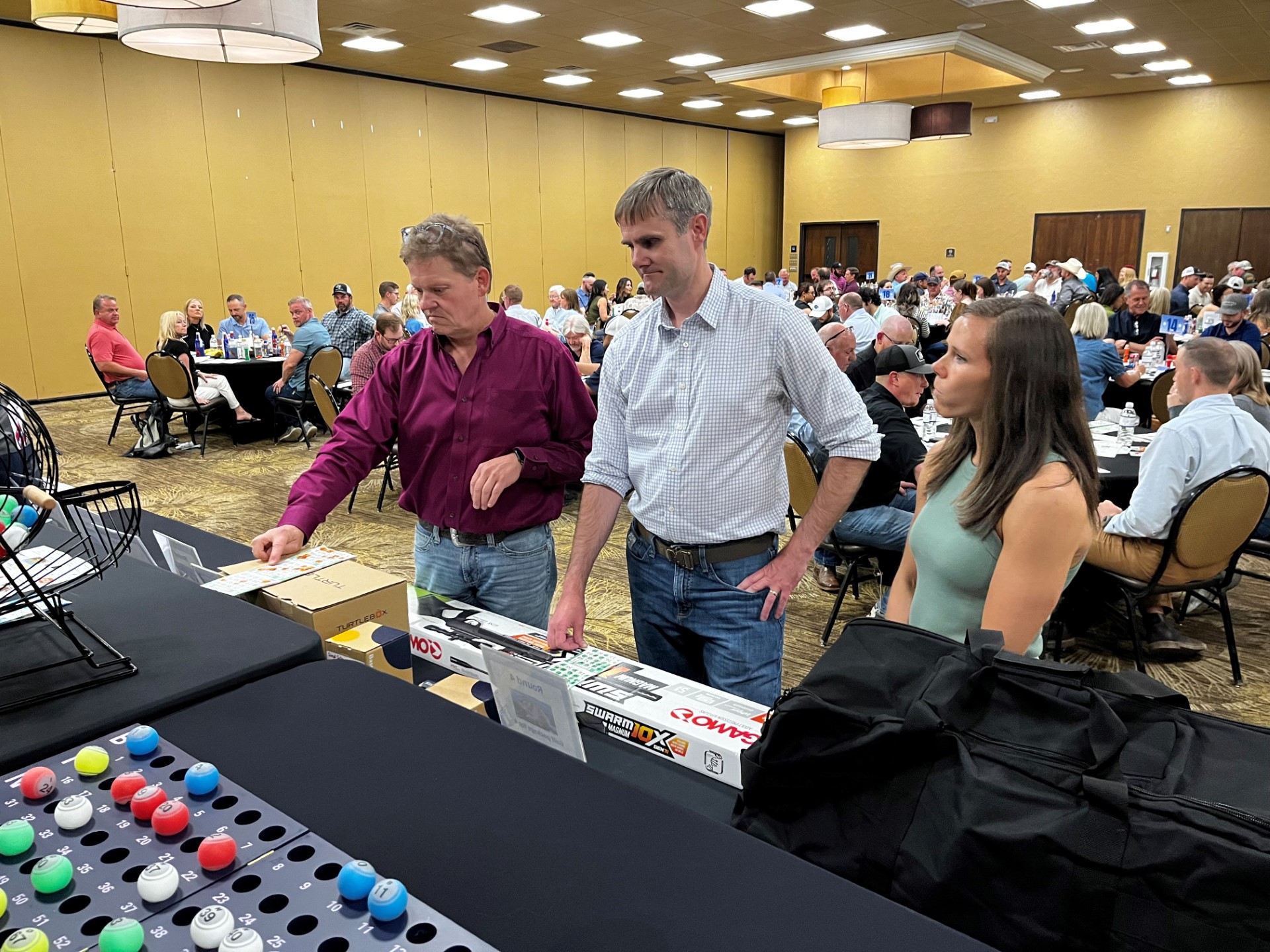FAQ’s about regulated herbicides by Mario Villarino

[adning id=”33097″]

The utilization of regulated herbicides is regulated and allowed to be used by pesticide private applicators. Private applicators are required to obtain Continuing Education Units (CEU) to maintain their licenses. The Texas A&M AgriLife -Hopkins County will be offering a 5 CEU session on November 3, 2021 in Sulphur Springs. To RSVP please contact the Extension Office by calling 903-885-3443.
Regulated Herbicides are designated by the Texas department of Agriculture. If used as directed or in accordance with widespread and commonly recognized practice, these herbicides require additional restrictions to prevent a hazard to desirable vegetation caused by drift or an uncontrolled application.
List of Regulated Herbicides:
- 2,4-dichlorophenoxyacetic acid (2,4-D); including acid, amine, choline, ester and salt formulations;
- 2-methyl-4-chlorophenoxyacetic acid (MCPA);
- 3,6-dichloro-o-anisic acid (dicamba); including dimethylamine salt (DMA), sodium salt, diglycoamine salt (DGA), isopropylamine salts (IPA), N, N-Bis-(3-aminopropyl) methylamine (BAPMA), and potassium salt
- 3,7-dichloro-8-quinolinecarboxylic acid (quinclorac).
Exemptions from Regulated Herbicide Classification
A pesticide product containing an active ingredient listed above is exempt from classification as a regulated herbicide if the product:
is distributed in a container with a capacity less than or equal to one quart for liquid products or less than or equal to two pounds for dry or solid products
is a specialty fertilizer mixture labeled for ornamental use and registered as a commercial fertilizer under Chapter 63 of the Agriculture Code
is ready for use, requires no further mixing or dilution before use, and is packaged in a container of one gallon or less for liquid products or four pounds or less for dry or solid products.
Products containing 2,4-dichlorophenoxyacetic acid (2,4-D) or 3,6-Dichloro-o-anisic acid (dicamba) are exempt from classification as a regulated herbicide when used in accordance with the approved product label for transgenic auxin herbicide tolerant crops, are applied by ground application equipment, AND are applied when winds do not exceed 10 miles per hour.
Restrictions on Persons Buying, Using, and Distributing Regulated Herbicides
- A person may not purchase or use a regulated herbicide unless the person is a licensed pesticide applicator or is working under the direct supervision of a licensed applicator.
- A person may not distribute a pesticide classified as a regulated herbicide to a person not authorized to purchase regulated herbicides.
- A person who distributes regulated herbicides must obtain a pesticide dealer’s license from the department. Records of sale or distribution must be kept for two years.
By Mario Villarino
[adning id=”33207″]













